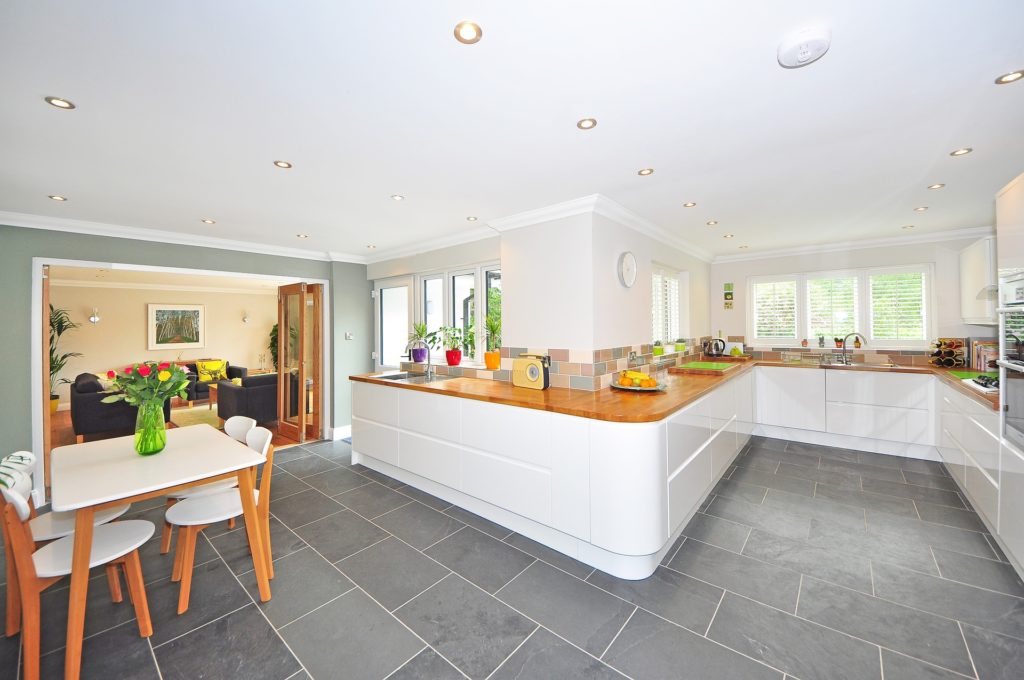If you are planning to renovate your home, you might be wondering how to balance quality and cost. After all, you want to get the best results for your money, but you also don’t want to break the bank. How do you find the sweet spot between spending too much and too little?
The answer is not simple, because quality and cost are not always directly proportional. Sometimes, spending more can actually save you money in the long run, by avoiding future repairs or maintenance issues. Other times, spending less can give you a satisfactory outcome, without compromising on functionality or aesthetics.
So how do you decide what to spend on your home renovation project? Here are some tips from our experienced team of general contractors:
- Start with a clear vision and a realistic budget. Before you begin any renovation project, you should have a clear idea of what you want to achieve and how much you can afford to spend. This will help you prioritize your needs and wants, and avoid unnecessary expenses or changes along the way. You can use online tools or consult with a professional designer to help you create a vision for your project. You can also use online calculators or get quotes from different contractors to estimate your budget.
- Do your research and compare options. Once you have a vision and a budget, you should do some research and compare different options for materials, products, services, and contractors. You should look for quality indicators such as reviews, ratings, certifications, warranties, and guarantees. You can also look for cost indicators such as discounts, promotions, financing options, and payment plans. You should weigh the pros and cons of each option and choose the ones that offer the best value for your money.
- Invest in the essentials and save on the extras. When it comes to balancing quality and cost, you should invest in the essential aspects of your project that affect its functionality, durability, safety, and energy efficiency. These include things like plumbing, electrical wiring, insulation, roofing, flooring, windows, doors, cabinets, countertops, appliances, etc. You should not skimp on these aspects because they can have a significant impact on your comfort, convenience, security, and utility bills. On the other hand, you can save on the extra aspects of your project that affect its appearance, style, or personal preference. These include things like paint colors, wallpaper patterns, lighting fixtures, hardware accessories, furniture pieces, etc. You can find cheaper alternatives or DIY solutions for these aspects without compromising on quality.
- Or should you? Sometimes, balancing quality and cost is not the best option for your project. Depending on your goals and circumstances, you might want to opt for either quality or cost over the other. For example:
- If you are renovating your home for yourself and plan to live there for a long time, you might want to prioritize quality over cost. This way, you can enjoy your home to the fullest and avoid future hassles or expenses.
- If you are renovating your home for resale and plan to sell it soon after completion, you might want to prioritize cost over quality. This way, you can increase your home’s value and appeal without overspending or over-improving.
- If you are renovating your home for rental and plan to rent it out after completion, you might want to balance quality and cost depending on your target market and rental rate. This way, you can attract and retain tenants without losing money or compromising on standards.
We understand that every home renovation project is unique and requires a customized approach. That’s why we offer flexible solutions that suit your needs and budget. Whether you want to balance quality and cost or choose one over the other, we can help you achieve your desired outcome with our expertise and experience.
